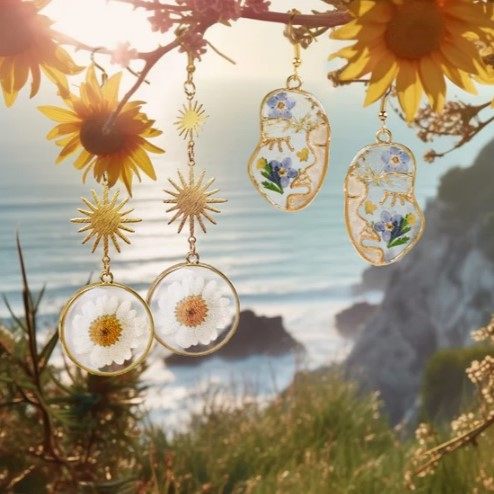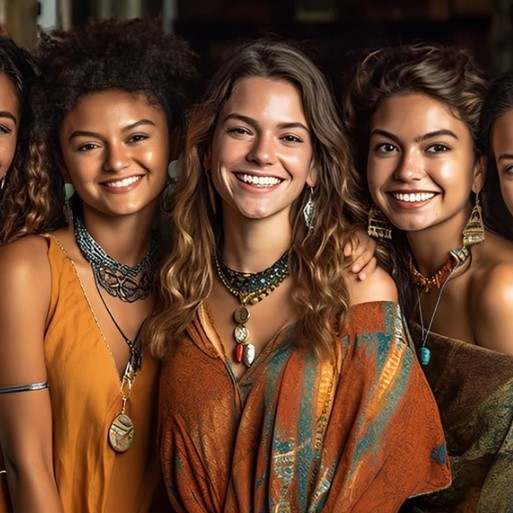Embracing the Eclectic Spirit: Unraveling the Aesthetics of Bohemian Fashion
The Bohemian style, characterized by its distinct history and aesthetic appeal, remains a classic clothing design style that transcends time. Its carefree, casual, romantic, and untamed essence caters to the modern quest for freedom, self-expression, and individuality. This article delves into the origins and essence of the Bohemian style, applying it to women's fashion design to deepen people's appreciation for this style and broaden its appeal and acceptance. Bohemian Style Overview The Origins of Bohemia: "Bohemia" refers to a landlocked country in Central Europe, once part of the Roman Empire and now part of the Czech Republic. When discussing Bohemia, one often thinks of Gypsies. Originally from northwestern India, Gypsies were displaced from their homeland and migrated worldwide around the 10th century A.D. due to war. The French refer to them as Bohemians, a term that also describes individuals with a Bohemian spirit. Gypsies primarily made their living through selling and begging, and their nomadic lifestyle fostered a carefree life philosophy characterized by enjoyment, optimism, open-mindedness, and disregard for material wealth.
 By the 19th century, "bohemian" was a term commonly used to describe people, settings, or works of literature and art with a distinctive artistic flavor. The Bohemian spirit is a comprehensive term encapsulating the spirituality and lifestyle of the Bohemians. The Art-for-Art's-Sake Aesthetic Spirit: Murger's preface to "Bohemians, Scenes from the Life of the Literati in the Latin Quarter" was the first to suggest that "Bohemia was a state of art." Subsequently, aestheticism, as represented by Wilhelm Gaunt, interpreted Bohemia as a form of artistic religious spirit in which art is paramount. Expression of the Avant-Garde Artistic Spirit: In various writings, avant-garde artists are directly referred to as Bohemians. Jerrold Sayers, a representative figure, argues that avant-garde art was the inevitable endpoint of Bohemia's development by the end of the 19th century. From a historical perspective, Bohemia's centuries-long exploration of the relationship between art, artists, commerce, and life has established its survival aesthetic through surrealism, making it more legitimate and elevating it to a principle of survival art. In the 1830s, a century-long conflict emerged between Bohemian literature and art—characterized by innovation, rebellion, freedom, and self-expression—and commercial and market-oriented art, which favored materialism, conformity, tradition, and order. However, in the 1960s, David Brooks' book, "The Bubos in Paradise," combined these two distinct groups to form a new group, the "Bubos," comprised of elites who sought both material refinement and freedom with romance. Aesthetic Expression of Daily Life: British scholar Featherstone claims that the aesthetic presentation of daily life can be described in three ways. The second approach involves planning the transformation of life into works of art, placing Bohemia at the forefront of the aestheticization of daily life. From the observations above, it is easy to conclude that the Bohemian spirit is torn between several conflicts, rooted in its association with both the intellectual class and the lower class. This dichotomy makes Bohemia struggle between "art for art's sake" and the "artification of life," which are in opposition to each other. However, the term that best encapsulates the Bohemian spirit is still "living art." Boho Dresses The Boho dress style is a product of the Bohemian spirit. This style is not only the national clothing of the Bohemian people but also a modernized and diversified, incorporating elements of clothing from various regions. Russian multi-layered ruffled dresses, Indian embroidery, beading, and colored stones, Moroccan leather tassels, pendants, and beads, eye-catching handmade decorations and rich hand-woven fabrics, cascading lace, vintage batik prints, openwork, knots, irregular patterns, and patchwork with different styles of fabrics are all classic elements of the bohemian style. Gothic and intricate tailoring focuses on the collar and waist. The strong inclusiveness of the bohemian style allows it to incorporate various elements into a naturally unified, complex, and uncluttered style. It is unconventional and free-spirited in form, with an overall harmonious beauty. Bohemian is a slightly decadent and unrestrained clothing style that prioritizes casualness and leisure, with decadence and unrestraint representing a rebellious attitude toward tradition, and casualness and leisure showcasing the ease of competition and a relaxed lifestyle. Boho Dresses In women's fashion design, the specific aesthetic application of the Bohemian style serves as people's "second skin," possessing both practical and aesthetic qualities. The unique ethnic history, religious beliefs, and lifestyle of the Bohemian people have shaped their special clothing aesthetics. General characteristics of Boho dresses are eclectic, advocating the preservation of original natural beauty, unadorned and natural, harmonious and unified overall style, complex and diverse details, showcasing a high degree of aesthetics and diversity.
By the 19th century, "bohemian" was a term commonly used to describe people, settings, or works of literature and art with a distinctive artistic flavor. The Bohemian spirit is a comprehensive term encapsulating the spirituality and lifestyle of the Bohemians. The Art-for-Art's-Sake Aesthetic Spirit: Murger's preface to "Bohemians, Scenes from the Life of the Literati in the Latin Quarter" was the first to suggest that "Bohemia was a state of art." Subsequently, aestheticism, as represented by Wilhelm Gaunt, interpreted Bohemia as a form of artistic religious spirit in which art is paramount. Expression of the Avant-Garde Artistic Spirit: In various writings, avant-garde artists are directly referred to as Bohemians. Jerrold Sayers, a representative figure, argues that avant-garde art was the inevitable endpoint of Bohemia's development by the end of the 19th century. From a historical perspective, Bohemia's centuries-long exploration of the relationship between art, artists, commerce, and life has established its survival aesthetic through surrealism, making it more legitimate and elevating it to a principle of survival art. In the 1830s, a century-long conflict emerged between Bohemian literature and art—characterized by innovation, rebellion, freedom, and self-expression—and commercial and market-oriented art, which favored materialism, conformity, tradition, and order. However, in the 1960s, David Brooks' book, "The Bubos in Paradise," combined these two distinct groups to form a new group, the "Bubos," comprised of elites who sought both material refinement and freedom with romance. Aesthetic Expression of Daily Life: British scholar Featherstone claims that the aesthetic presentation of daily life can be described in three ways. The second approach involves planning the transformation of life into works of art, placing Bohemia at the forefront of the aestheticization of daily life. From the observations above, it is easy to conclude that the Bohemian spirit is torn between several conflicts, rooted in its association with both the intellectual class and the lower class. This dichotomy makes Bohemia struggle between "art for art's sake" and the "artification of life," which are in opposition to each other. However, the term that best encapsulates the Bohemian spirit is still "living art." Boho Dresses The Boho dress style is a product of the Bohemian spirit. This style is not only the national clothing of the Bohemian people but also a modernized and diversified, incorporating elements of clothing from various regions. Russian multi-layered ruffled dresses, Indian embroidery, beading, and colored stones, Moroccan leather tassels, pendants, and beads, eye-catching handmade decorations and rich hand-woven fabrics, cascading lace, vintage batik prints, openwork, knots, irregular patterns, and patchwork with different styles of fabrics are all classic elements of the bohemian style. Gothic and intricate tailoring focuses on the collar and waist. The strong inclusiveness of the bohemian style allows it to incorporate various elements into a naturally unified, complex, and uncluttered style. It is unconventional and free-spirited in form, with an overall harmonious beauty. Bohemian is a slightly decadent and unrestrained clothing style that prioritizes casualness and leisure, with decadence and unrestraint representing a rebellious attitude toward tradition, and casualness and leisure showcasing the ease of competition and a relaxed lifestyle. Boho Dresses In women's fashion design, the specific aesthetic application of the Bohemian style serves as people's "second skin," possessing both practical and aesthetic qualities. The unique ethnic history, religious beliefs, and lifestyle of the Bohemian people have shaped their special clothing aesthetics. General characteristics of Boho dresses are eclectic, advocating the preservation of original natural beauty, unadorned and natural, harmonious and unified overall style, complex and diverse details, showcasing a high degree of aesthetics and diversity.
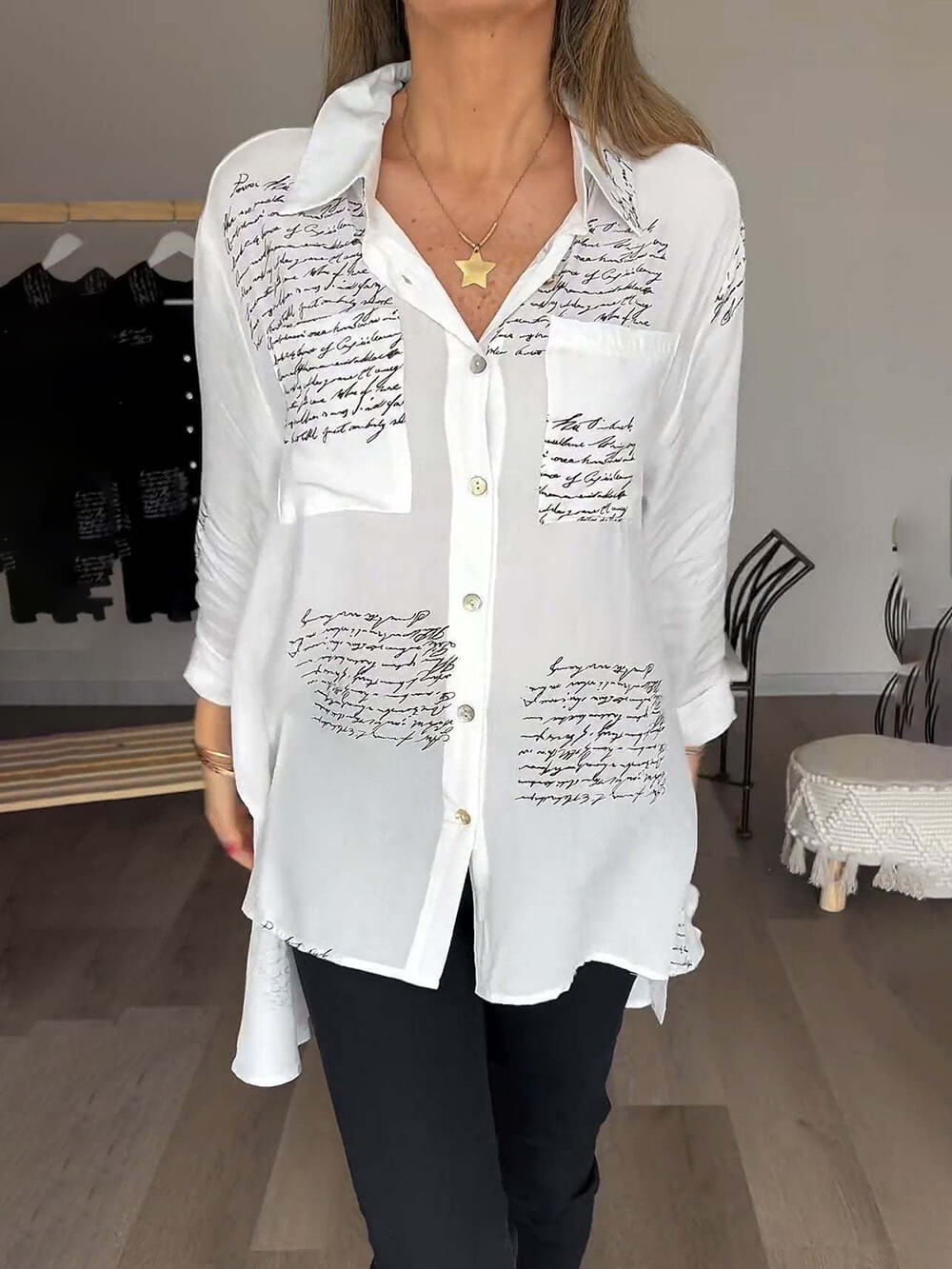 NEW
NEW
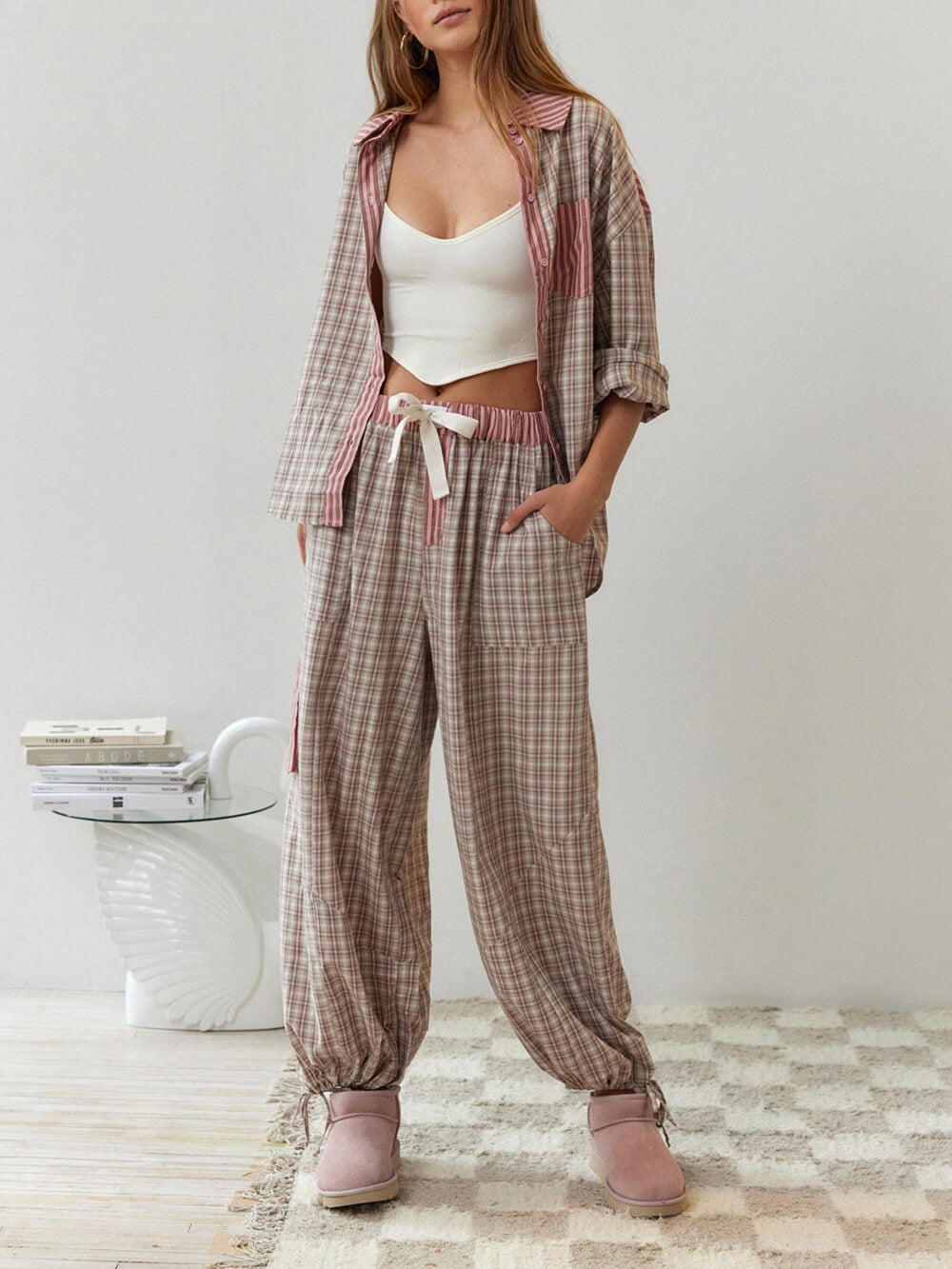 SALE
SALE
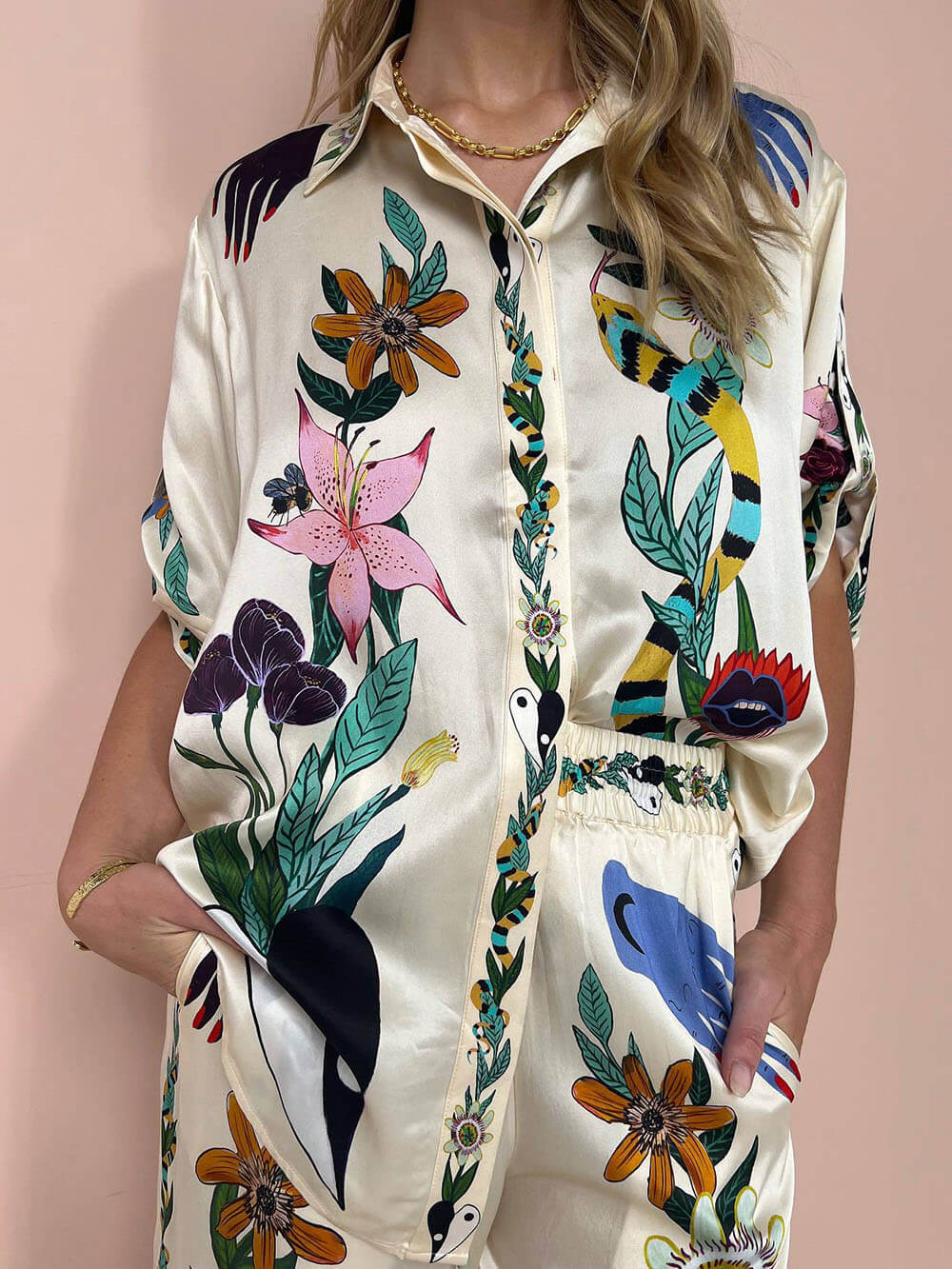 OCCASIONS
OCCASIONS
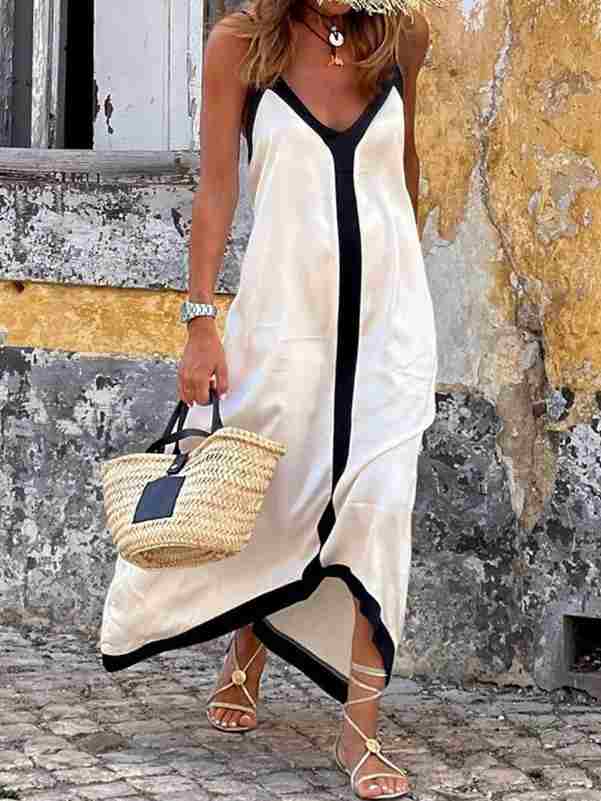


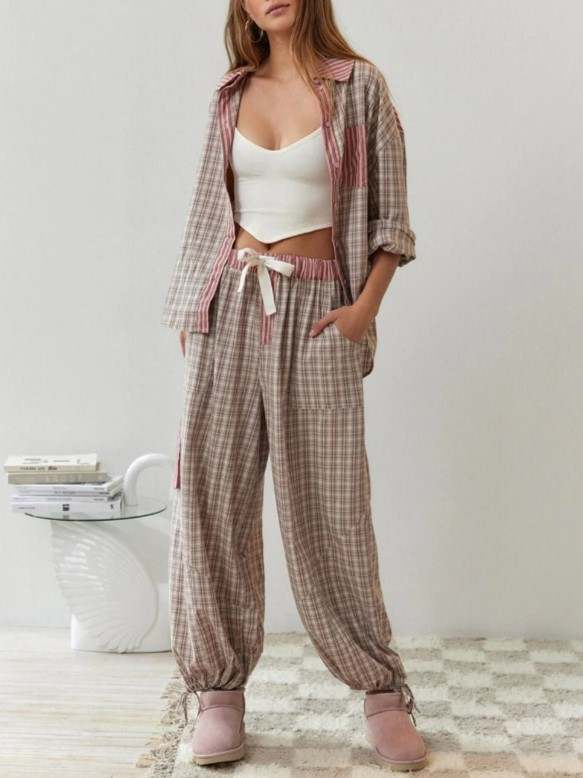
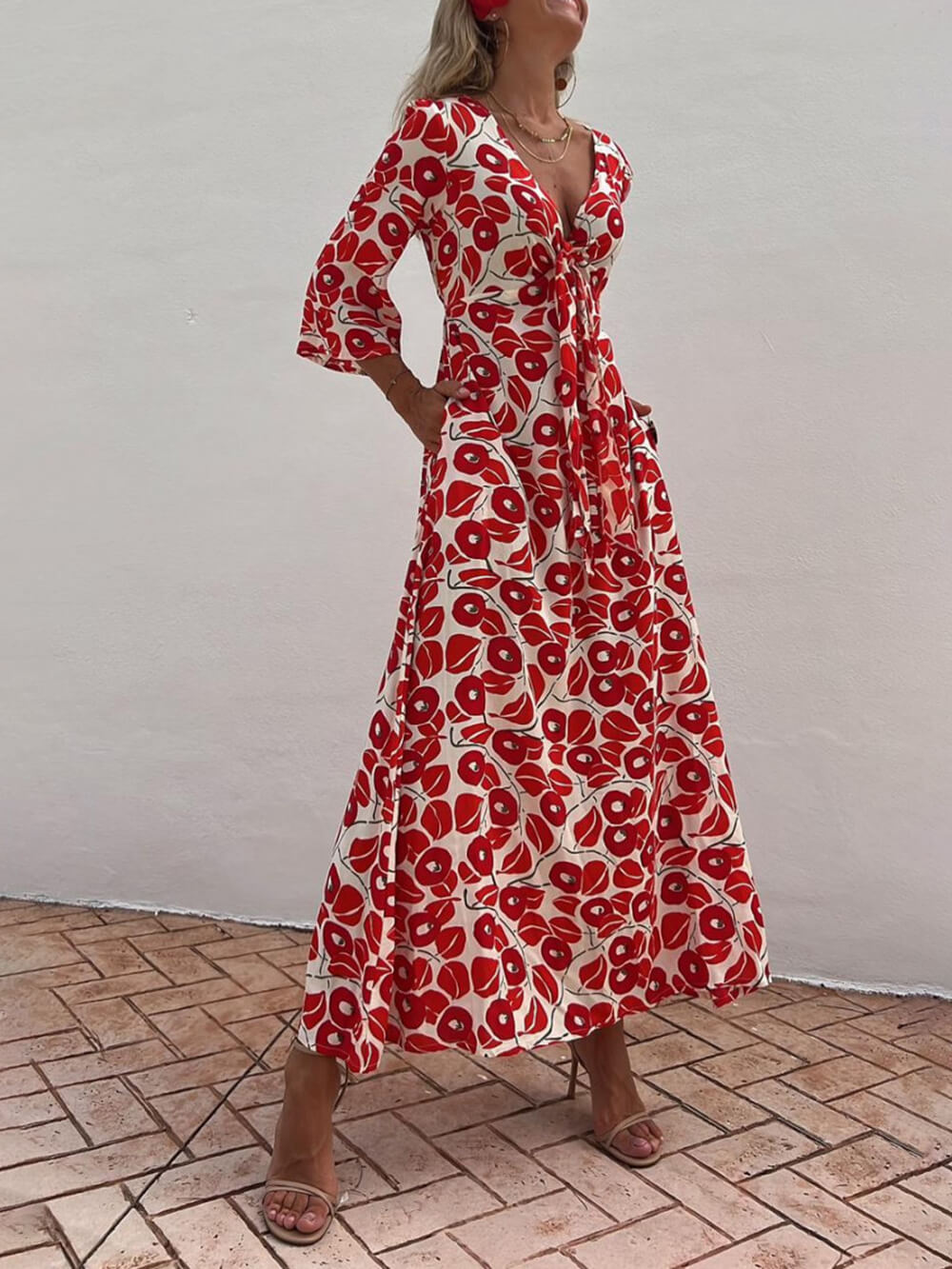 DRESSES
DRESSES
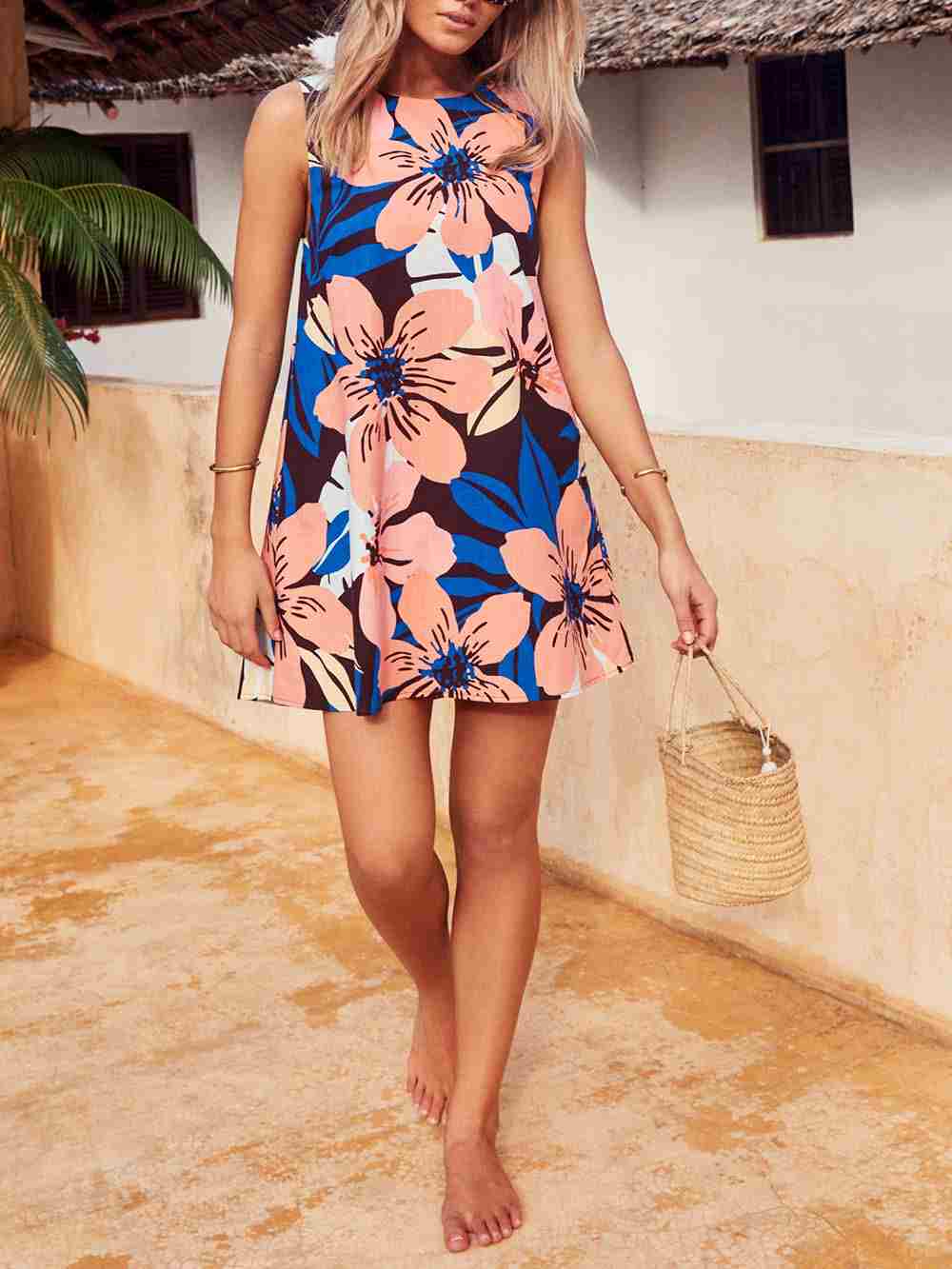
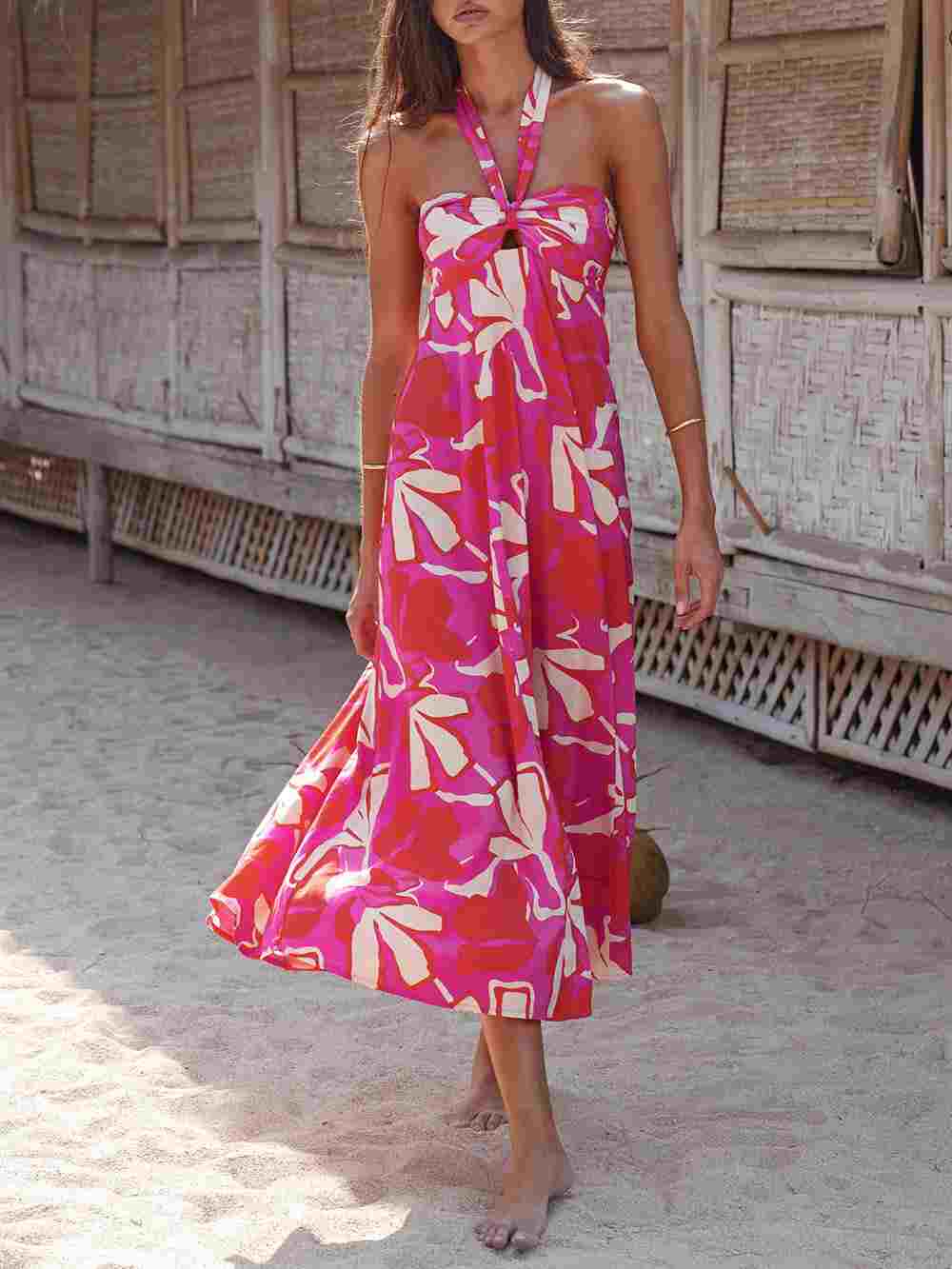
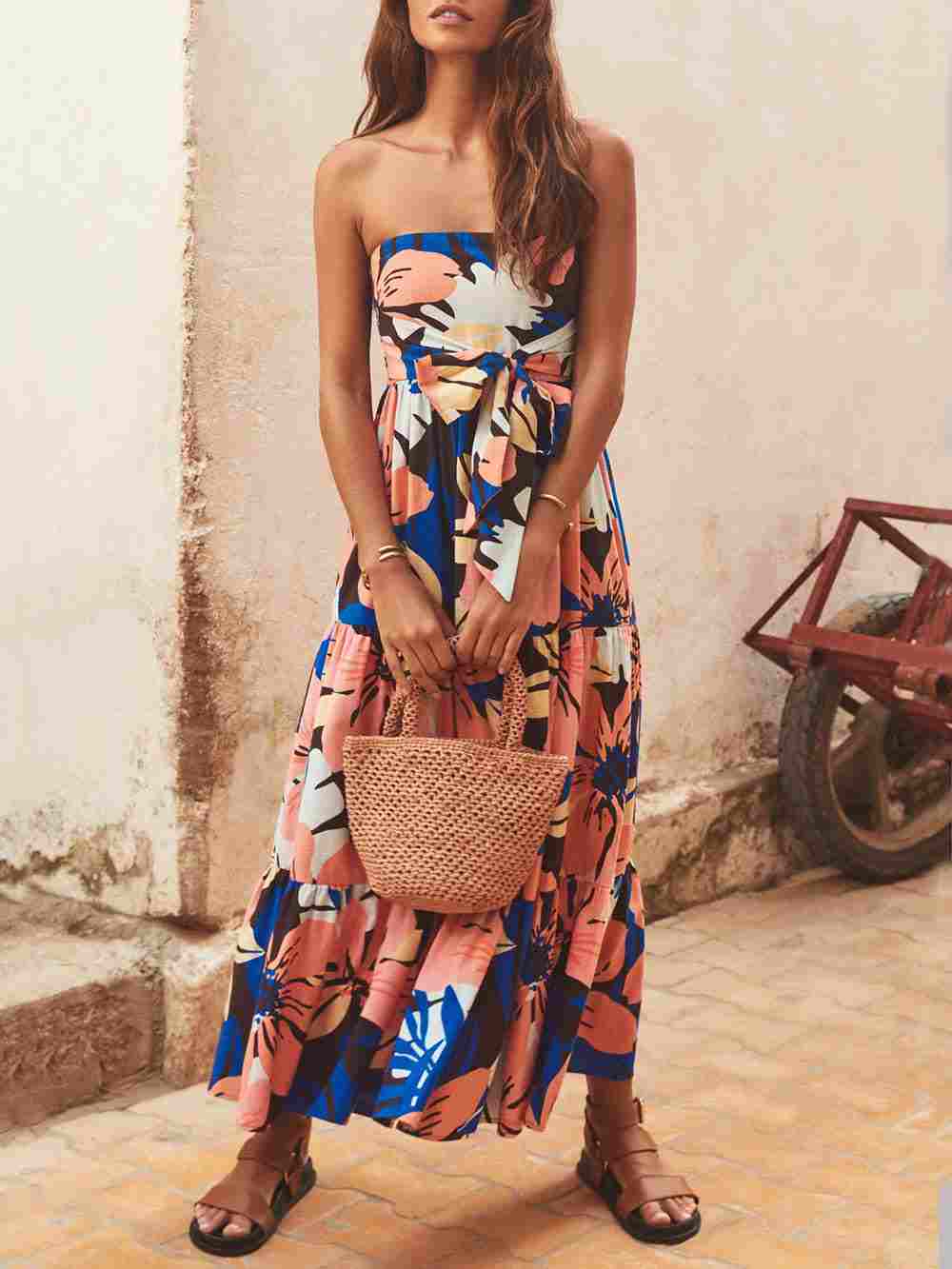
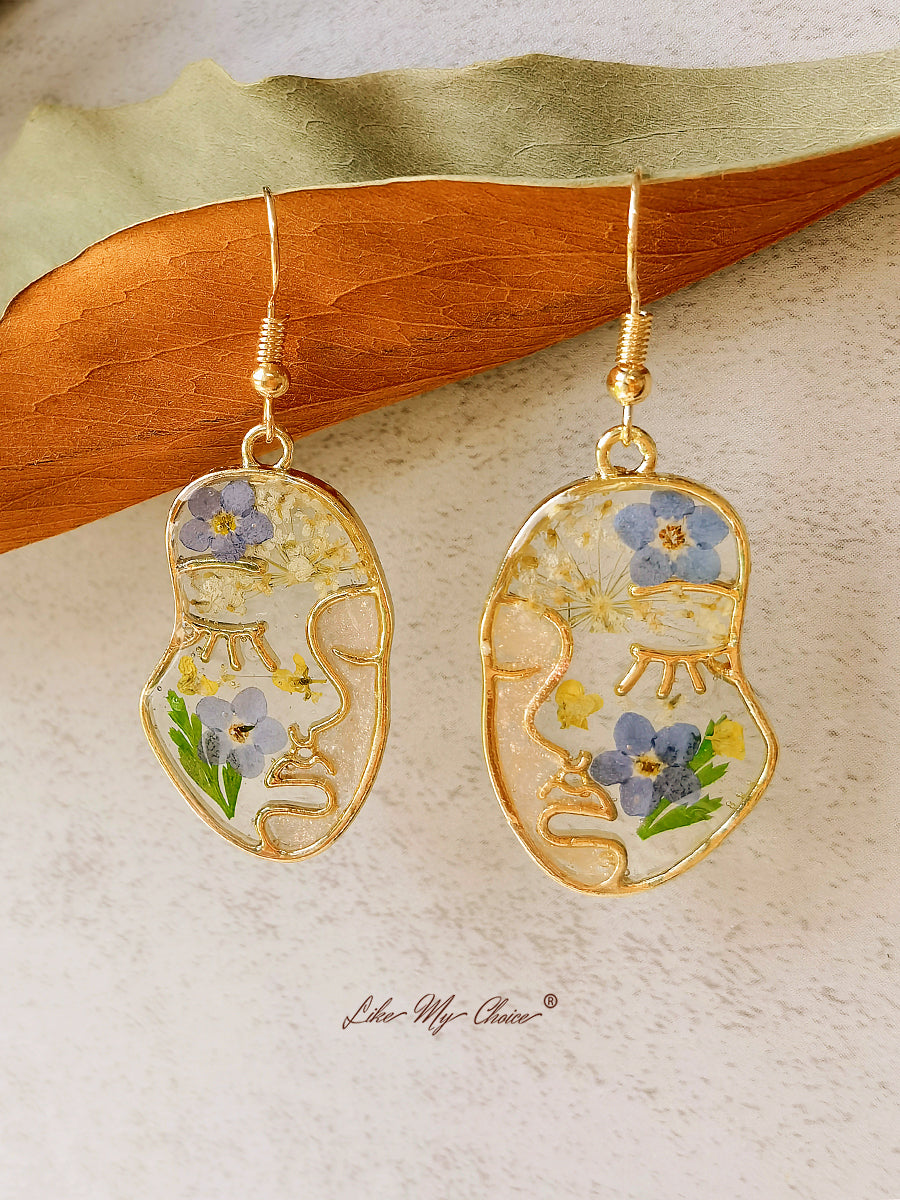 JEWELRIES
JEWELRIES


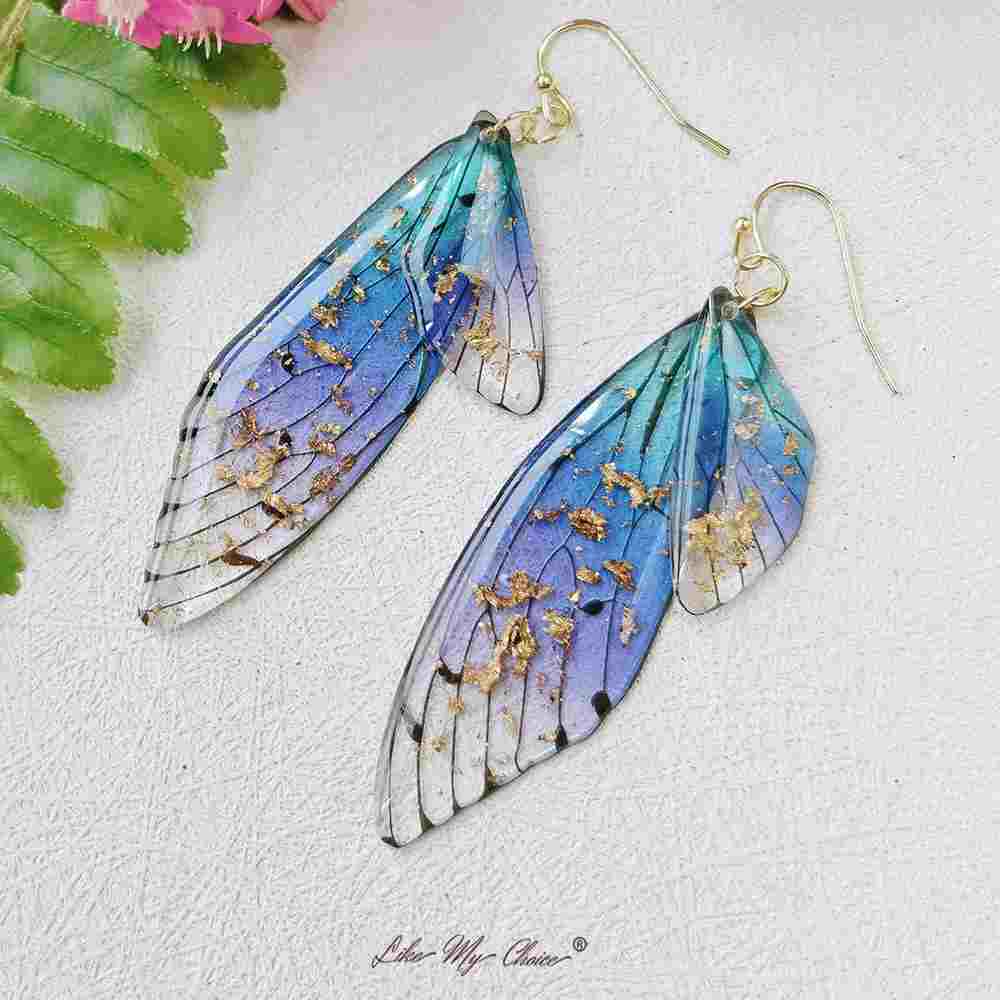
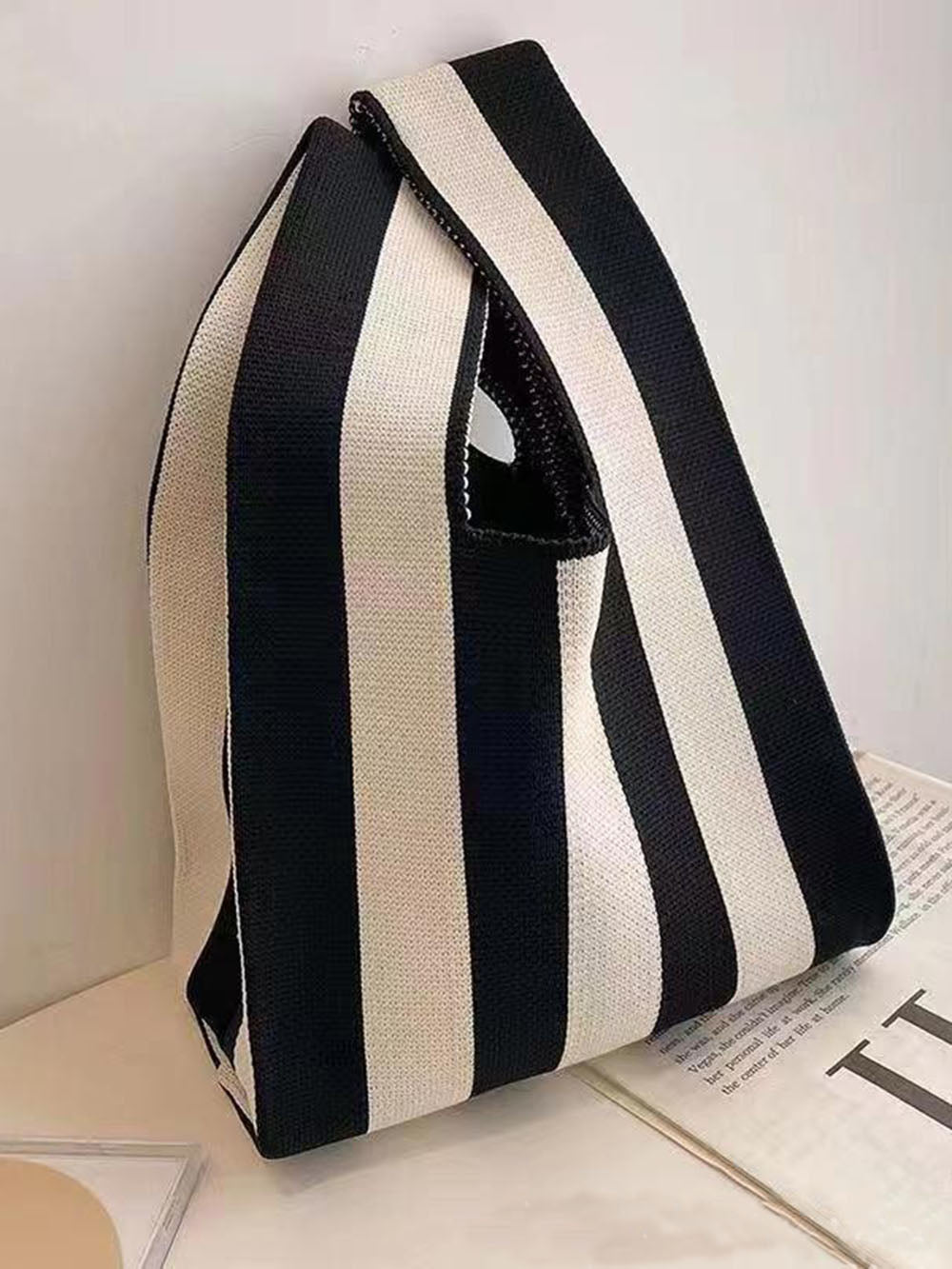 ACCESSORIES
ACCESSORIES

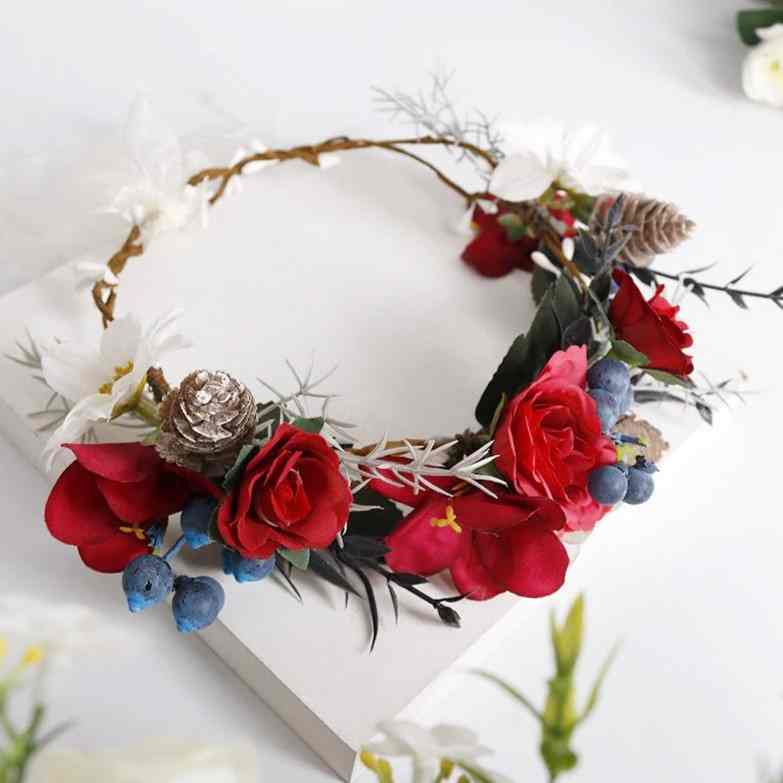
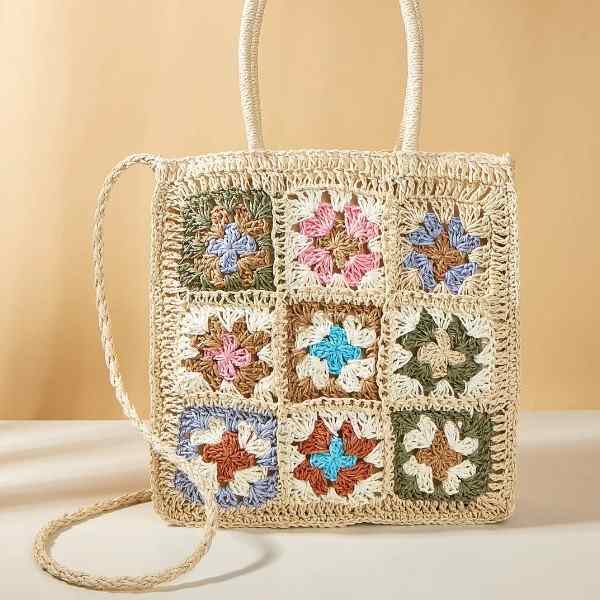
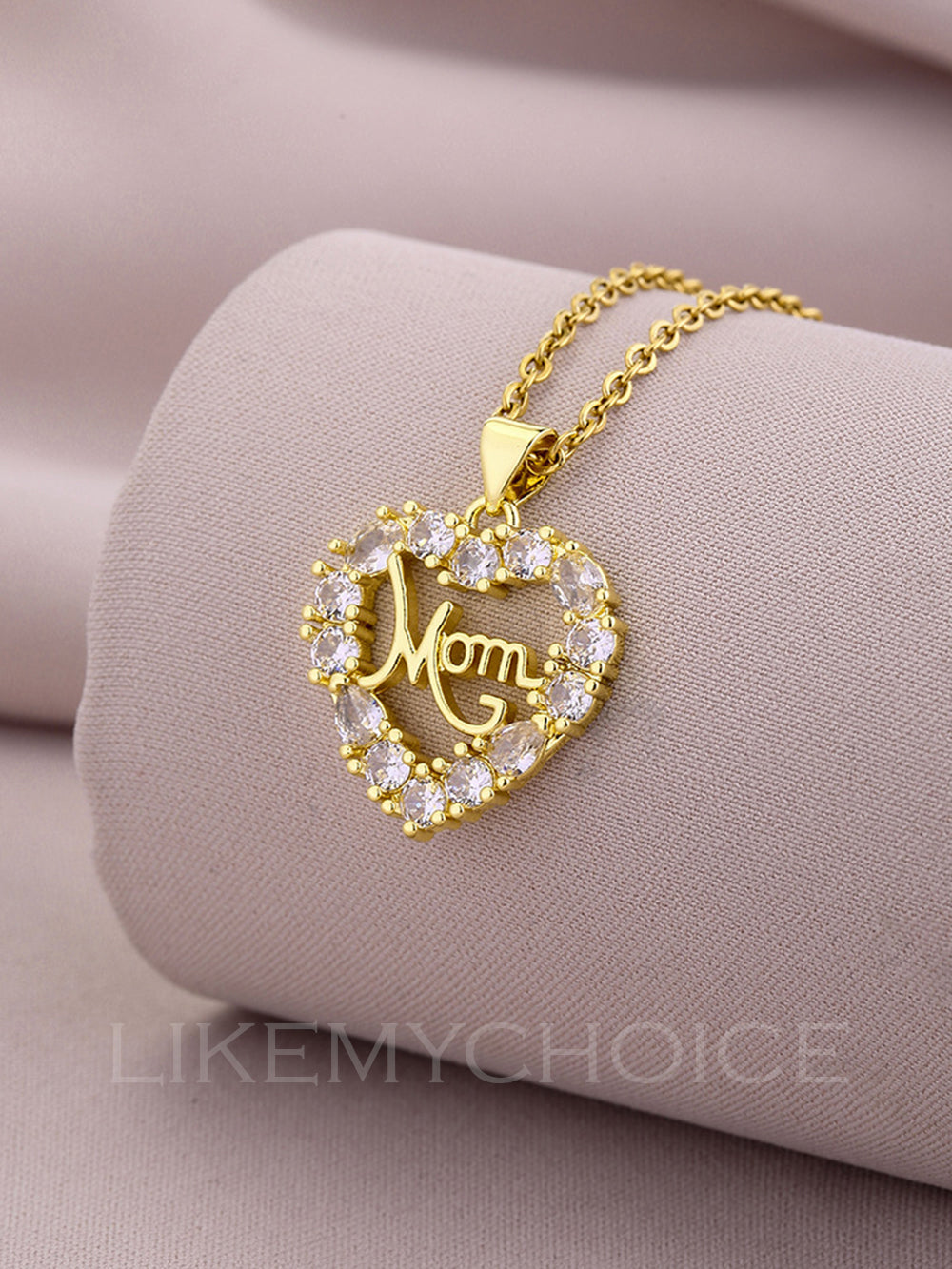 MOTHER'S DAY
MOTHER'S DAY
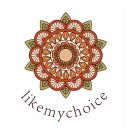 BRAND
BRAND
